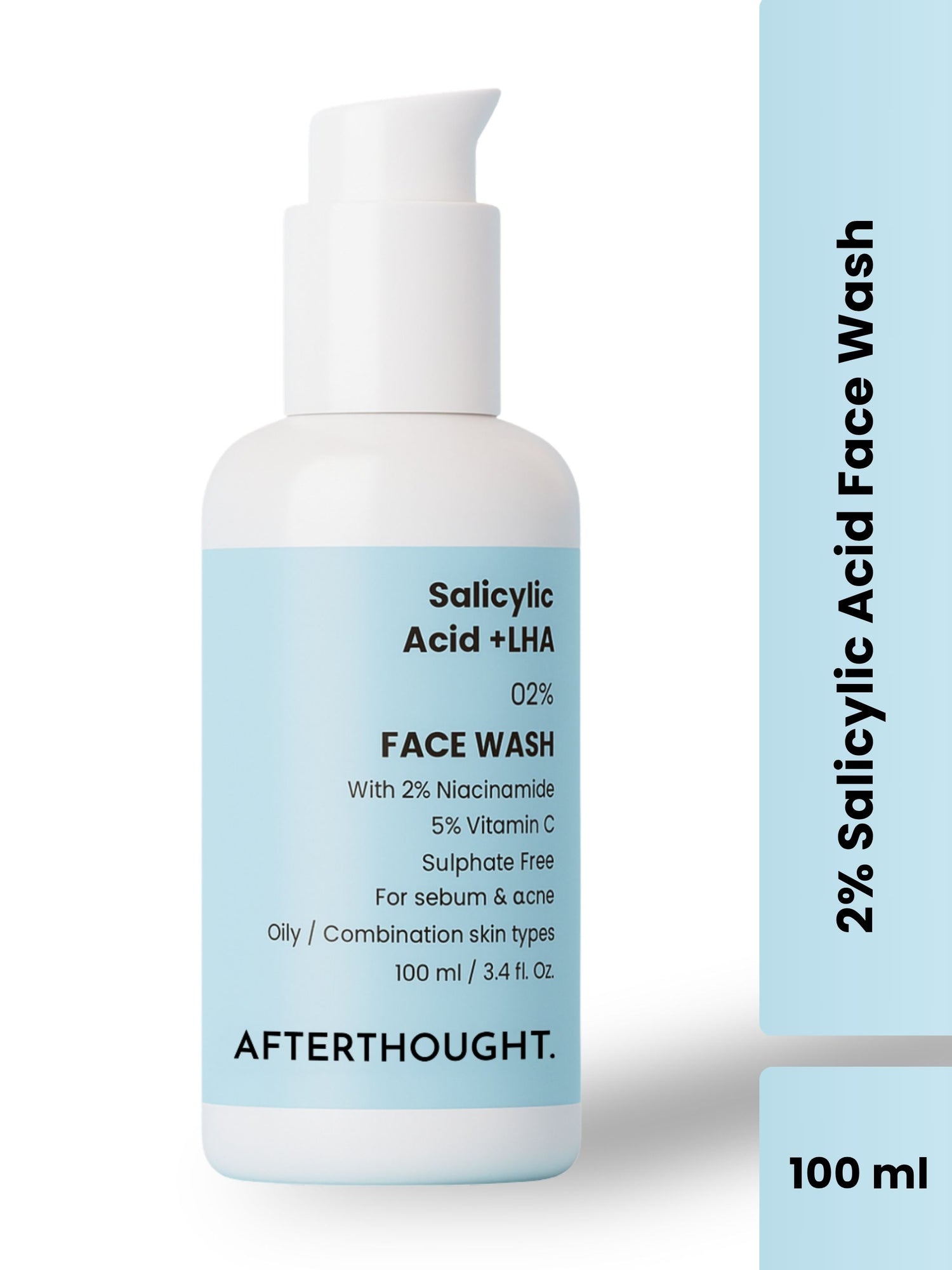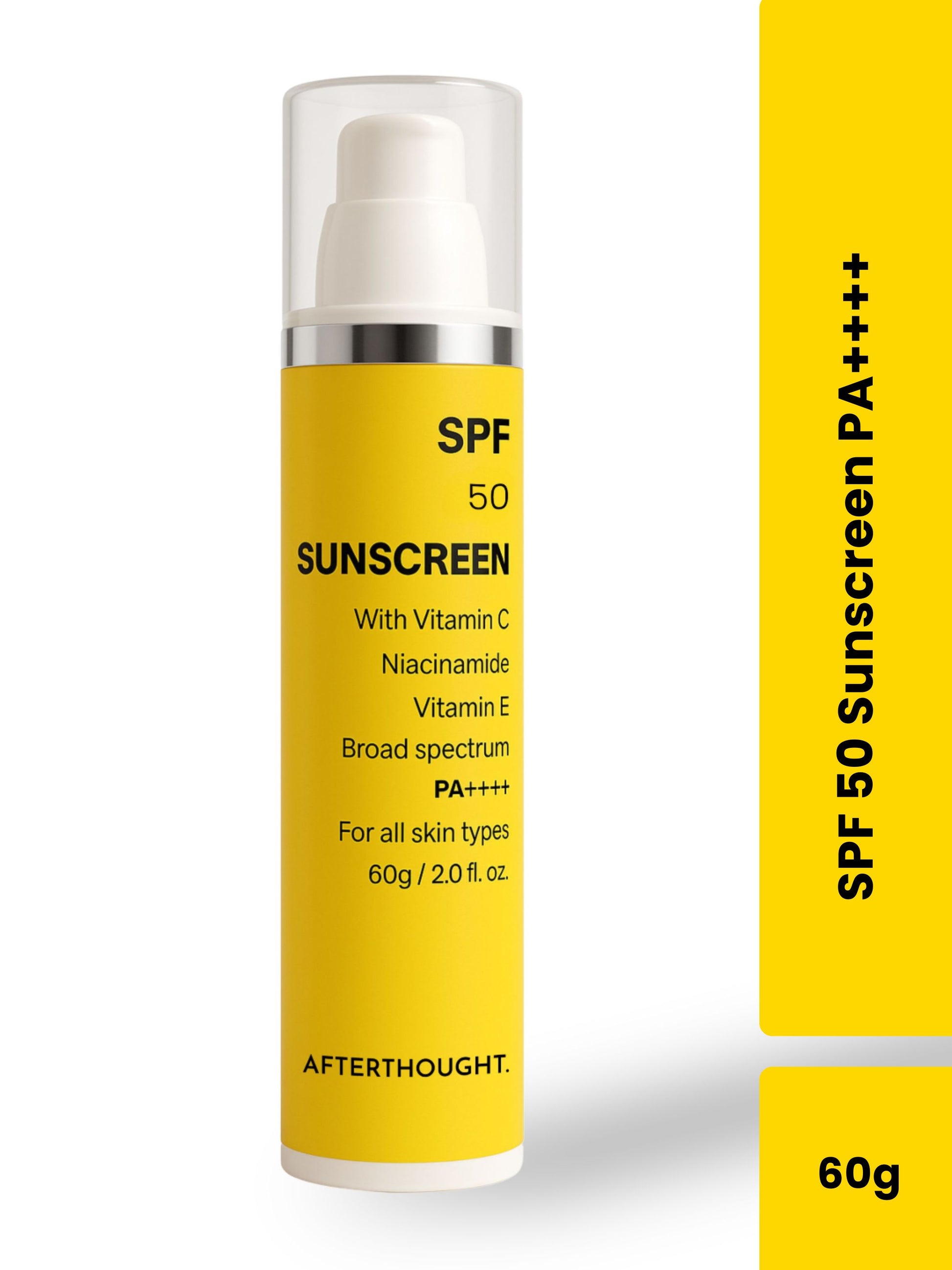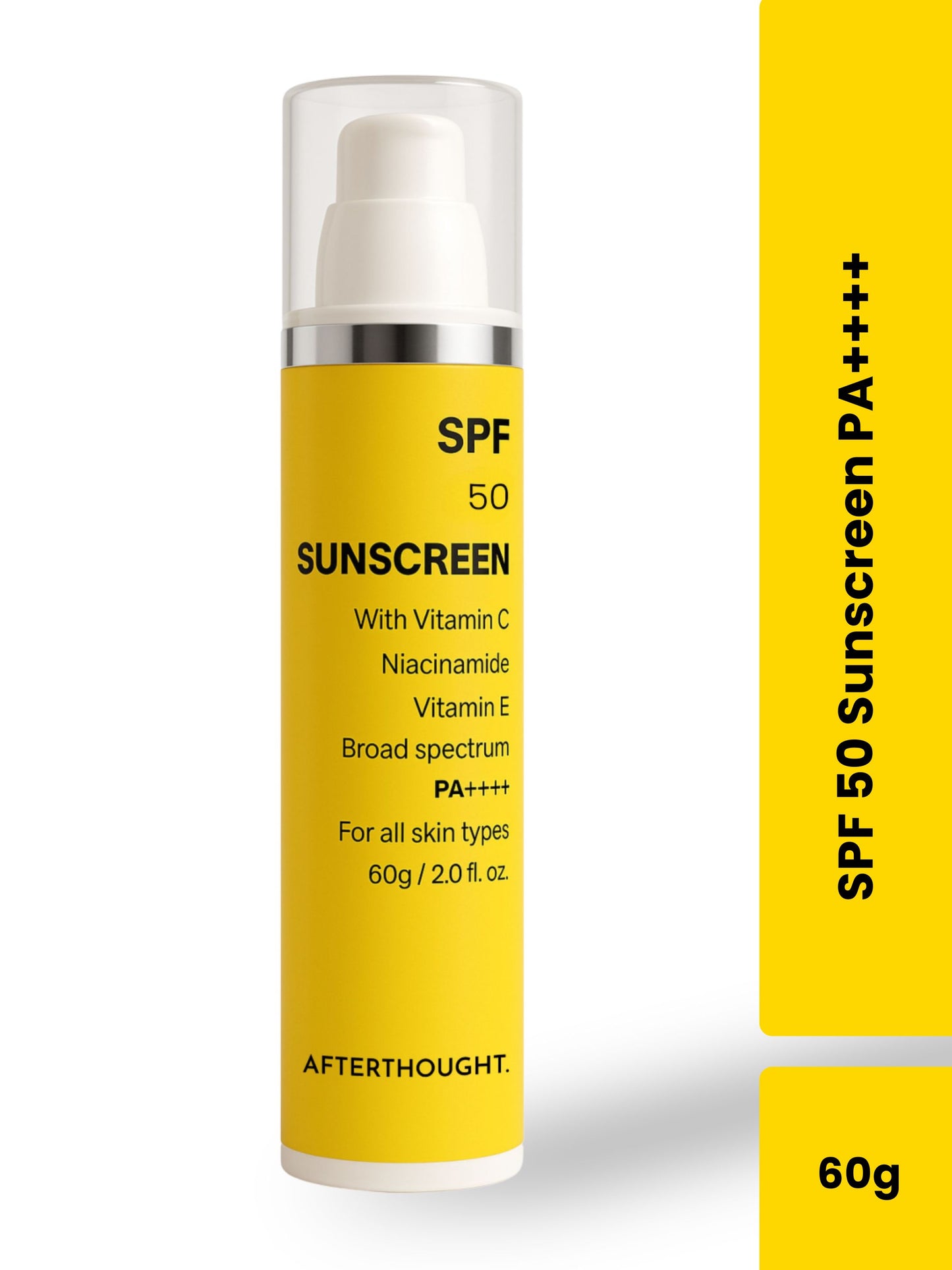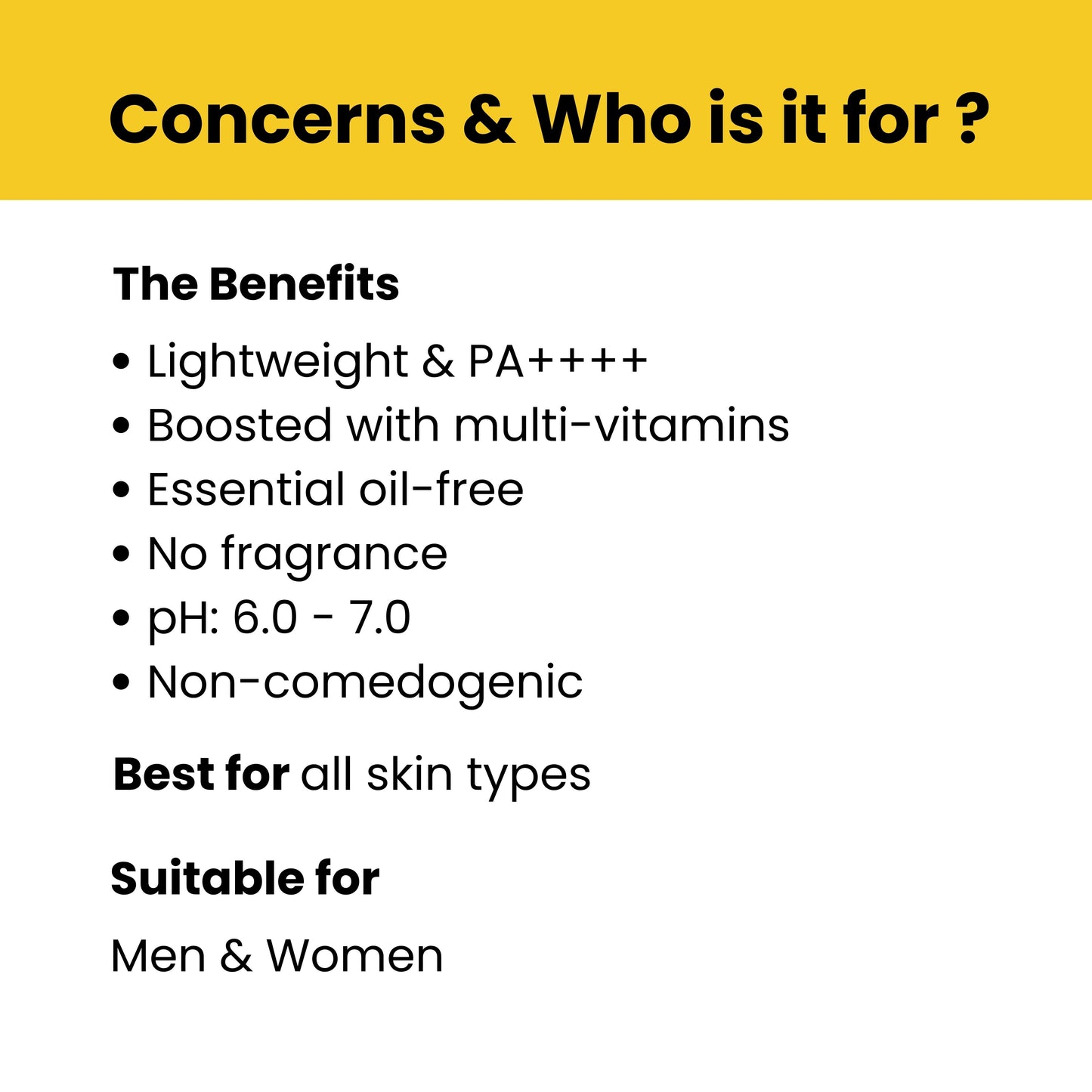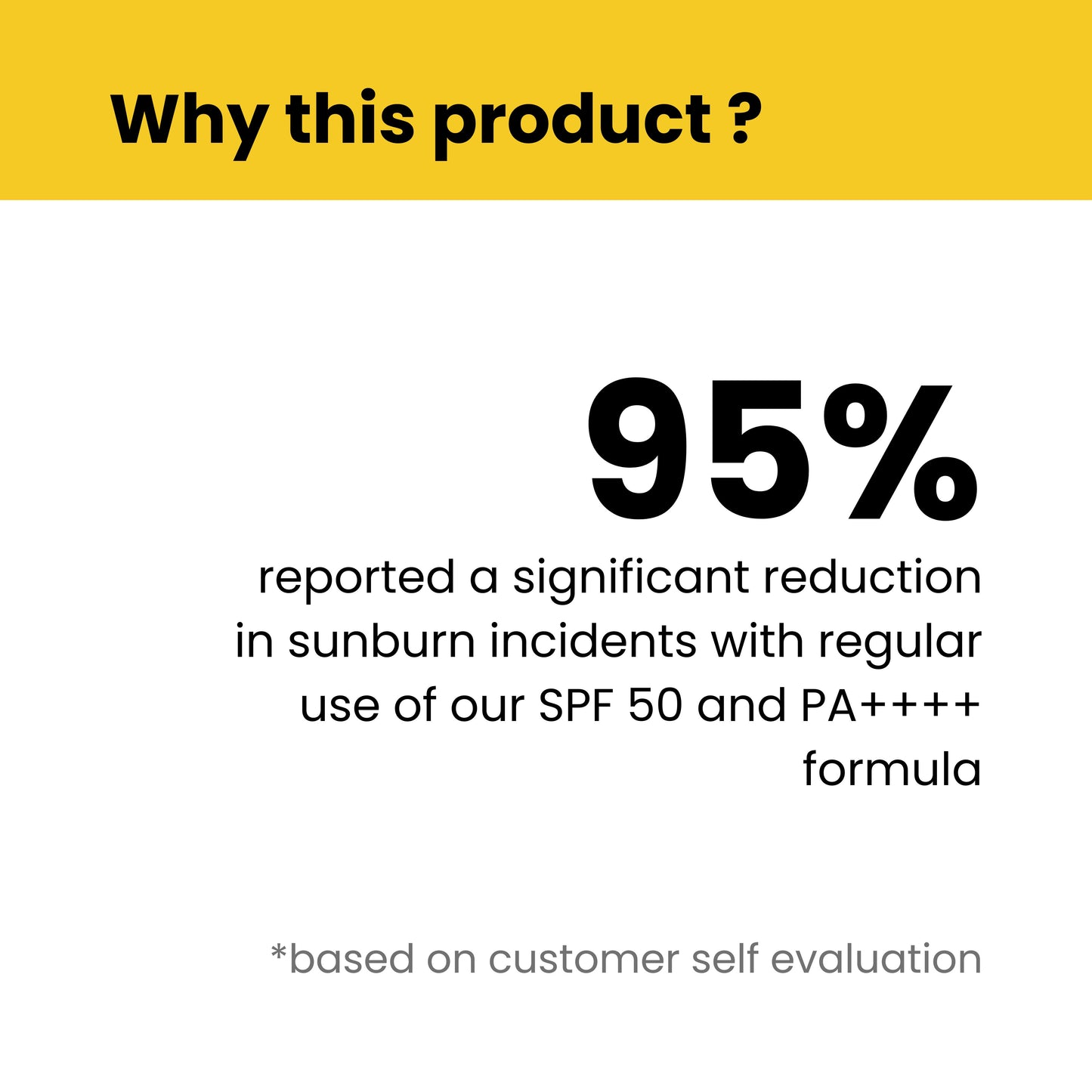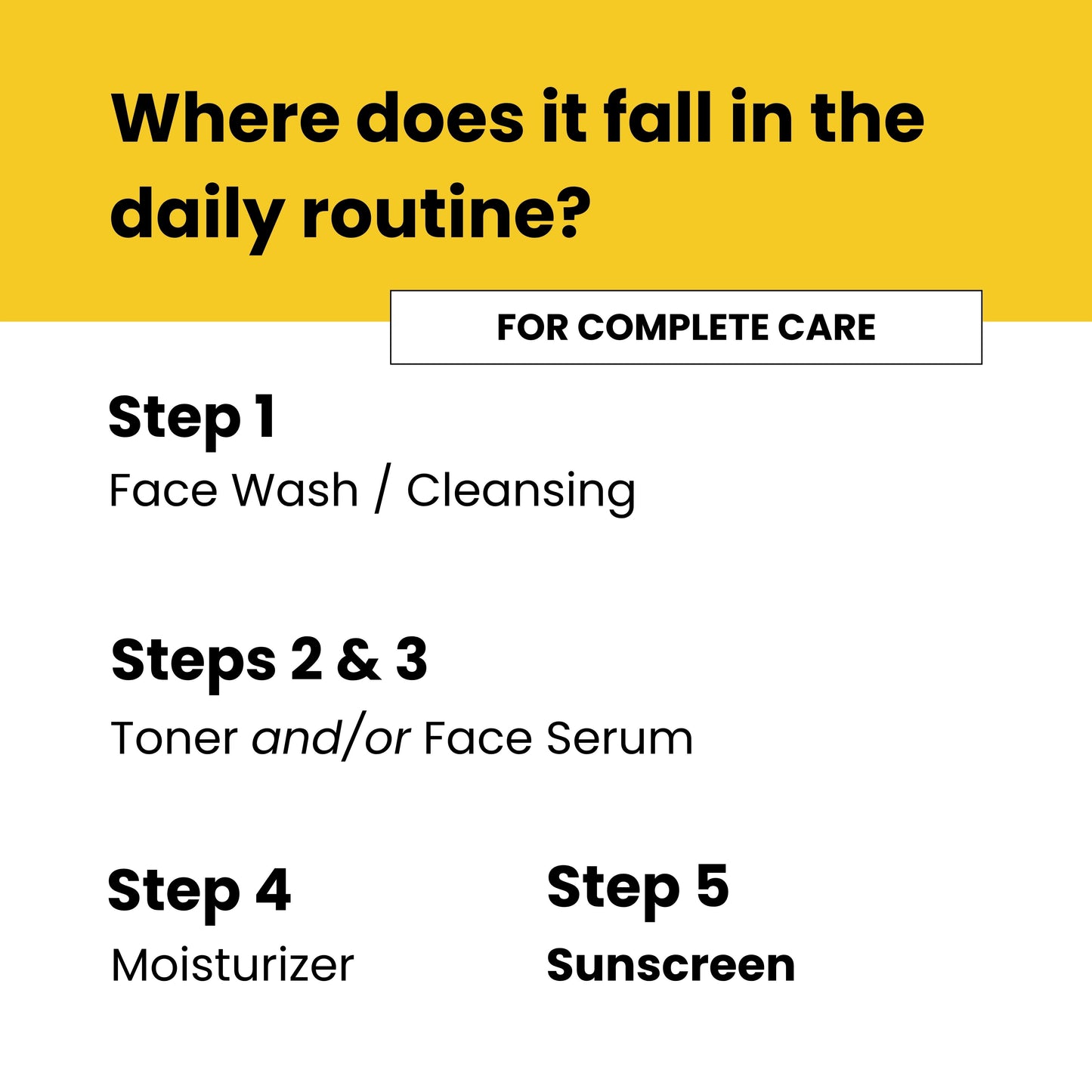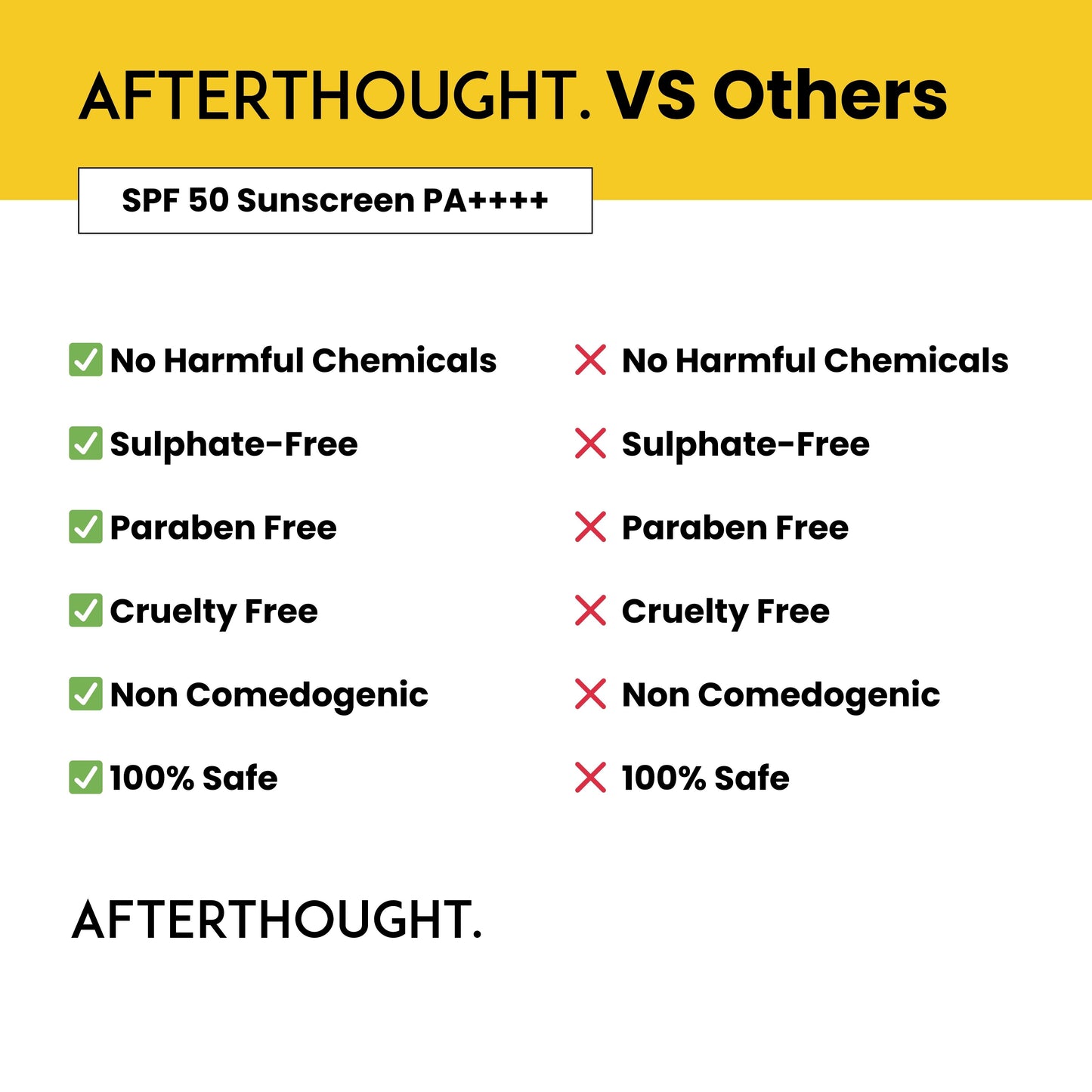What Is Hybrid Sunscreen?
As the world becomes more conscious of skin health and the importance of sun protection, the skincare industry continuously evolves to offer innovative solutions. One such breakthrough in sun protection is hybrid sunscreen.
This advanced formulation promises the best of both worlds, combining the benefits of mineral and chemical sunscreens. But what exactly is hybrid sunscreen, and why should you consider it for your daily skincare routine? Let's dive into the details. Welcome to afterthought.
Understanding Sunscreens: Mineral vs. Chemical
To appreciate the innovation behind hybrid sunscreens, it's essential to understand the two primary types of sunscreens: mineral and chemical.
Mineral Sunscreens
Also known as physical sunscreens, these contain active ingredients like zinc oxide or titanium dioxide. They work by sitting on top of the skin and reflecting UV rays away from the skin's surface. Mineral sunscreens are often praised for being less irritating and suitable for sensitive skin. However, they can sometimes leave a white cast, especially on darker skin tones, and might feel heavier on the skin.
Chemical Sunscreens
These contain organic (carbon-based) compounds like avobenzone, octinoxate, and oxybenzone, which absorb UV radiation and convert it into heat, which is then released from the skin. Chemical sunscreens tend to be more lightweight and cosmetically elegant, leaving no white residue. However, they can cause irritation in some people and have been scrutinized for their environmental impact, particularly on marine life.
The Rise of Hybrid Sunscreens
Hybrid sunscreens are formulated to combine the strengths of both mineral and chemical sunscreens while mitigating their individual drawbacks. They typically include both mineral and chemical active ingredients, offering a broader spectrum of protection and a more pleasant user experience. Here’s why hybrid sunscreens are gaining popularity:
Broad-Spectrum Protection
By incorporating both mineral and chemical UV filters, hybrid sunscreens provide comprehensive protection against both UVA and UVB rays. This dual action helps prevent sunburn, premature aging, and the risk of skin cancer.
Improved Cosmetic Elegance
One of the main advantages of hybrid sunscreens is their improved texture and finish. They blend the lightweight, non-greasy feel of chemical sunscreens with the immediate, reflective protection of mineral sunscreens. This results in a formulation that is more comfortable to wear daily and less likely to leave a white cast.
Enhanced Suitability for All Skin Types
Hybrid sunscreens are designed to be more universally acceptable. By balancing mineral and chemical components, they minimize the risk of irritation and sensitivity often associated with purely chemical formulations, while also being less heavy and visible than pure mineral sunscreens.
Environmentally Conscious Options
With growing concerns about the impact of chemical sunscreens on coral reefs and marine life, many hybrid sunscreens are formulated to be reef-safe. They avoid harmful ingredients like oxybenzone and octinoxate, aligning with environmental guidelines and offering a more eco-friendly choice for consumers.
Key Benefits of Hybrid Sunscreens
Versatility
Hybrid sunscreens cater to various skin types and tones, making them a versatile option for a broad audience. Whether you have dry, oily, sensitive, or combination skin, there's likely a hybrid sunscreen that suits your needs.
Comfort and Wearability
The improved texture and finish mean hybrid sunscreens are more comfortable to wear under makeup or alone. They absorb quickly, don’t feel heavy, and typically don’t leave a greasy residue, making them ideal for everyday use.
Efficacy
The combination of active ingredients ensures robust protection. You get the immediate shielding effect of mineral components along with the deep-absorbing protection of chemical filters, providing a well-rounded defense against sun damage.
Reduced Risk of Skin Issues
By minimizing the concentration of any single type of UV filter, hybrid sunscreens lower the risk of skin irritation, allergic reactions, and clogged pores, making them a safer choice for those with sensitive or acne-prone skin.
How to Choose and Use Hybrid Sunscreens
When selecting a hybrid sunscreen, consider the following tips to ensure you get the best protection and benefits:
Check the Ingredients
Look for a balance of mineral and chemical filters. Ingredients like zinc oxide or titanium dioxide combined with avobenzone, octisalate, or other chemical filters are a good indication of a hybrid formulation.
Broad-Spectrum Label
Ensure the sunscreen is labeled as broad-spectrum, meaning it protects against both UVA and UVB rays.
SPF Rating
Choose an SPF of at least 30 for adequate protection. Higher SPFs provide more protection, but it's essential to apply enough and reapply regularly.
Skin Type Considerations
If you have sensitive skin, look for formulations that are free from fragrances, parabens, and other potential irritants. For oily or acne-prone skin, opt for non-comedogenic options that won’t clog pores.
Application
Apply sunscreen generously to all exposed skin at least 15 minutes before sun exposure. Reapply every two hours, or more often if swimming or sweating.
Check Now : Sunscreen SPF Calculator
Conclusion
Hybrid sunscreens represent a significant advancement in sun protection technology, offering an effective, comfortable, and environmentally conscious option for daily use.
By combining the strengths of mineral and chemical sunscreens, they provide comprehensive protection while addressing the common drawbacks of each type.
Whether you're heading to the beach, hiking in the mountains, or simply going about your daily routine, incorporating a hybrid sunscreen into your skincare regimen can help keep your skin safe and healthy.
Remember, the best sunscreen is the one you are willing to use consistently. So, explore the world of hybrid sunscreens and find the perfect match for your skin’s needs.
Also Read: Which Is Better, Sunscreen or Sunblock?
